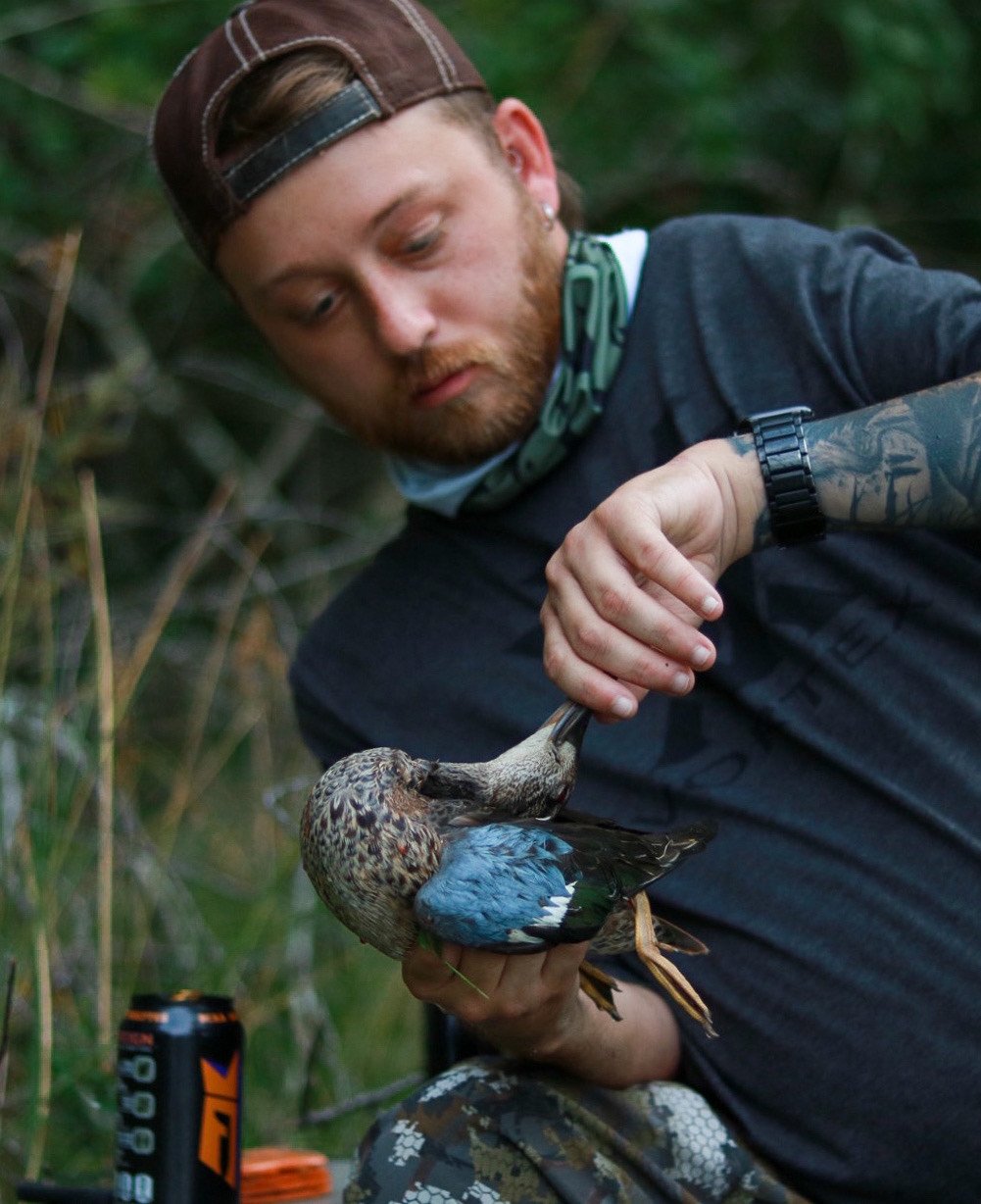Diving into Adaptive Hunting
Hayden Martin for SPLIT REED
When it comes to waterfowl hunting, most people have the ability to get up and go hunt. This sport altogether presents multiple challenges, which is what draws us to the thrill of the adventure. Yet what do you do when you have a disability and want to make those memories? How do you adapt to the environment you are headed into? Who do you take with you?
Those are just a few of the questions posed by individuals with a disability who yearn to get involved in the world of waterfowl hunting but do not know how to get into the sport, as it can be daunting at times. Most people who have a disability will tell you that they feel limited by what they are able to do and that is what holds them back from getting into hunting and even the outdoors, in any capacity. So what are some ways one with a disability can take the first steps into the waterfowl world?
As you’re starting out, there will be that overwhelming notion of “how am I ever going to do this?” You have to put that thought process aside and jump right in. Surround yourself with people that know you, that know your limitations, and who are willing to work with you to help you get out into the blind. Reach out to other hunters through social media if you don’t have anyone nearby. Explain your situation and most of the time, they are willing to work with you or they will point you in the direction of someone who can. Social media is an amazing tool in today’s society and with a couple of messages, you could be planning your first hunting trip with some new friends.
Not only are you working with a group to accomplish a common goal, but you also initiate a change in the hunting landscape at the same time. You allow for growth among the people you are hunting with as they are challenged to view the terrain differently and to ask uncommon questions that they normally would not think twice to ask. In turn, you learn to trust them with deeper respect as there will be some situations that you will get into and you will have to adapt on the fly.
Waterfowl hunting, like every other outdoor activity, is pay-to-play. However, for someone with a disability, that might mean spending a good bit more money on gear and adaptive devices that a normal hunter will not need to accumulate. Staying warm and concealing yourself are two important factors of hunting, so you are going to want to bypass the civil disagreements over which camouflage is best and use the gear that suits your needs. Layering for someone with a disability might look like sacrificing the warmth of a bulky jacket for the mobility of a sleek-fitting hoodie and vest combination. It may take some time to find the right layering combination, but once you find your bread and butter, you will be able to build from there.
Back when I was first getting into waterfowl hunting, my friend and I were spitballing ideas on how we were going to get me out to some of the shore blinds. We came up with a practical way to get me from the vehicle to the blind by using his kayak. We were able to put me, someone with mobility issues, in the kayak and loaded the kayak down with gear. He then attached a rope to the kayak and pulled me with the gear through the woods and out to the water to float me over to the shore blind.
After a couple of seasons of that method, I was able to pick up an off-road track chair. This is a bit more on the high end of adaptive methods, but it has been an absolute game changer. The track chairs take a lot of the pressure and energy off of those who are helping you out and open up so much more of the landscape for you to traverse.
If you are unable to lift a gun or are not comfortable lifting a gun due to your disability, don’t be dismayed as there are several creative avenues that you are able to utilize. Three easy ways that I have found to immerse myself in the waterfowl community have been through photography, writing, and owning a good retriever. Pick up a camera and document the hunts you go on with your friends visually. Become a storyteller and paint a descriptive picture with words. Train a retriever to pick up the downed birds and be the dog person of your group.
These are just a few of the multiple ways a person with a disability can get involved with the sport of waterfowl hunting. A creative, adaptive mind full of “what if’s” is a powerful quality. If you have a disability and have been looking for a way in, here’s your sign.




